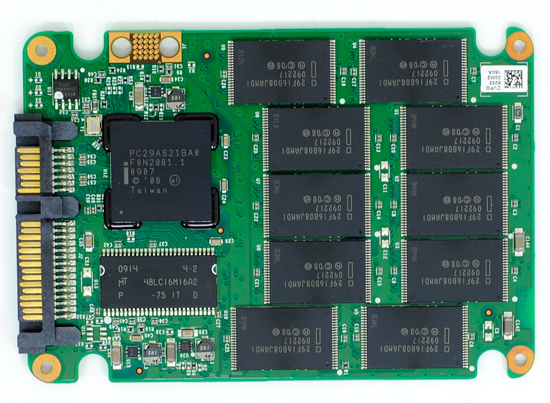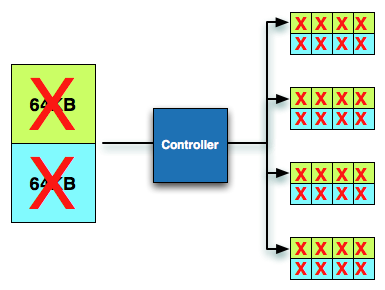
You’re just waiting for that clock to tick over to 5:00, right (well, you West-coasters anyway)? When I was a 9-to-5er, I had the same compulsive time-checking starting a little after 4, especially on Mondays and Fridays. Well, here’s something to tide you over until it’s safe to leave — something you might have to pick back up at home, since it’s a bit technical and lengthy.

The SSD revolution is moving along as we speak, a sort of slow revolution that will take many years to replace our trusty mechanical hard drives. Cost is one issue, but that’s changing, and the other is the idea of SSD wear and tear. You may have heard that consumer SSD drives have memory cells (which hold the 1s and 0s in SSDs) that wear out after 10,000 discharges. This leads to a sort of data fragmentation which can be damaging to both capacity and speed. In practice, that can be many years, but how the cells wear down, when, and how to minimize it is a serious area of research. Configuring the drive controller differently can lead to huge increases in performance, major lengthening of mean time before failure, and all that. Anand covers a lot of these issues in detail in this monster of a post.
I’m still working through it, but it’s an easy recommendation for those of you at all interested in the nuts and bolts of the devices we use every day. He’s collected some ideas, and proposes some, for lengthening SSD life expectancy as well as speeding up read/write operations. It’s interesting to see this kind of theorizing in the public arena; you’d expect to hear it in the break room at Intel while engineers woolgather and brainstorm, but to have it all laid out for you to read like this is a treat. Well, for some.